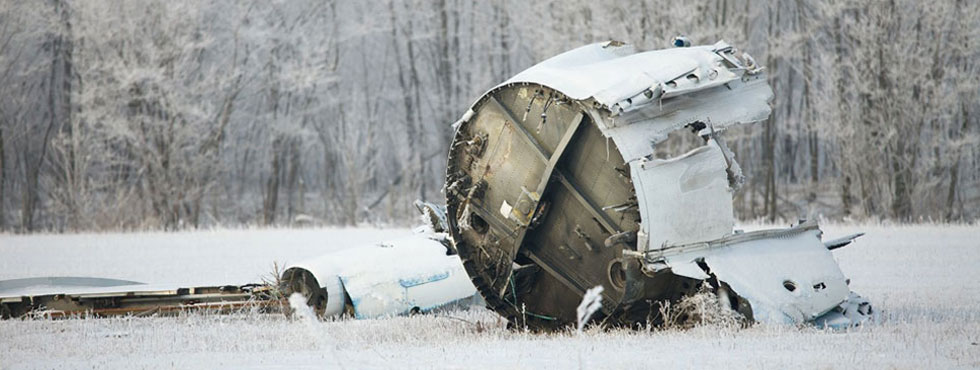
Ground Handling Agent – Emergency Planning/Response Template
Catastrophic (Mass Fatality) Aircraft Accident / Aviation Disaster etc.
The ‘Challenge’
Ground Handling Agents / Operators (GHA) are somewhat unique from the aviation crisis / emergency response planning viewpoint, as they (GHAs) typically have three sets of associated requirements to meet i.e.
- those of the parent airport
- those of client aircraft operators (passenger airlines in the main) ………………… and
- their own (GHA) requirements
These requirements are often incompatible to a greater or lesser degree (and thus difficult for the GHA to achieve) – typically due to the historical lack of the required standardisation / co-ordination between airports, aircraft operators and GHAs in this vital area
Solutions and Services
Ground Handling Agent – Emergency Planning / Response Template
For a GHA to come up with all-round acceptable solutions re the planning and response to a catastrophic aircraft accident type situation, whilst adequately accounting for the requirements of both aircraft operator (airline) clients and parent airports (and possibly itself [i.e.the GHA] also), requires considerable expertise, diplomacy, time and effort
Should you feel that you need assistance in this task – please do contact us – as the AERPS consultant has considerable experience and expertise in this rather ‘complex’ area
Note 1 – for a full explanation of the term ‘catastrophic aircraft accident’ as used in parts of this website – please see the appropriate definition found in the glossary in appendix ‘N’ (page 71) of the document found here
Note 2 – a very comprehensive FREE guideline document for preparing all aspects of a GHA catastrophic aircraft accident ERP can be found here
Note 3 – for a FREE guideline as to how GHAs may prepare for and manage aircraft incidents (in contrast to aircraft accidents) on behalf of client airlines – click here
Note 4 – Please contact us if a WORD version (of any PDF document found on this website) is required. You are reminded of the terms and conditions regarding your use of same

GHA – AIRCRAFT ACCIDENT
Comparing aircraft operator (airline), airport and GHA emergency response plans (for the catastrophic [mass fatality] aircraft accident / aviation disaster type situation) – it is the latter’s plan which is the most difficult to write, produce and operate, for a number of valid reasons
See opposite for why this situation exists for GHAs + how the AERPS consultant can provide appropriate solutions to successfully achieve what is required here
Airport Emergency Planning / Response – Free Preparation Template
Airport Emergency Plan – AEP / Vol 1 – GENERAL INFO
Click HERE to view / download this FREE AEP template
Airport Emergency Planning / Response – Free Preparation Template
Airport Emergency Plan – AEP / Vol 2 – CHECKLISTS
Click HERE to view / download this FREE AEP template
You might also wish to take a look at the separate (but related) ‘information article‘ entitled:
‘Information Article – Airport Emergency Plan (AEP) – Exercise Audit Checklist‘. Click HERE to view
Airport Emergency Planning / Response – Free Prep Template
Airport BUSINESS CONTINUITY Plan (BCP)
Click HERE to view / download this FREE BCP guideline
Note that the above is the same document as is linked to on this website’s separate ‘AIRLINE-ERP GUIDELINES‘ webpage – entitled ‘CRPM Part 3 – Aviation Business Continuity Plan – BCP‘. Also note that the latter is ‘aviation generic’ i.e. it must be adapted for specific use by e.g. the aircraft operator, the airport operator, the GHA etc. – as appropriate
